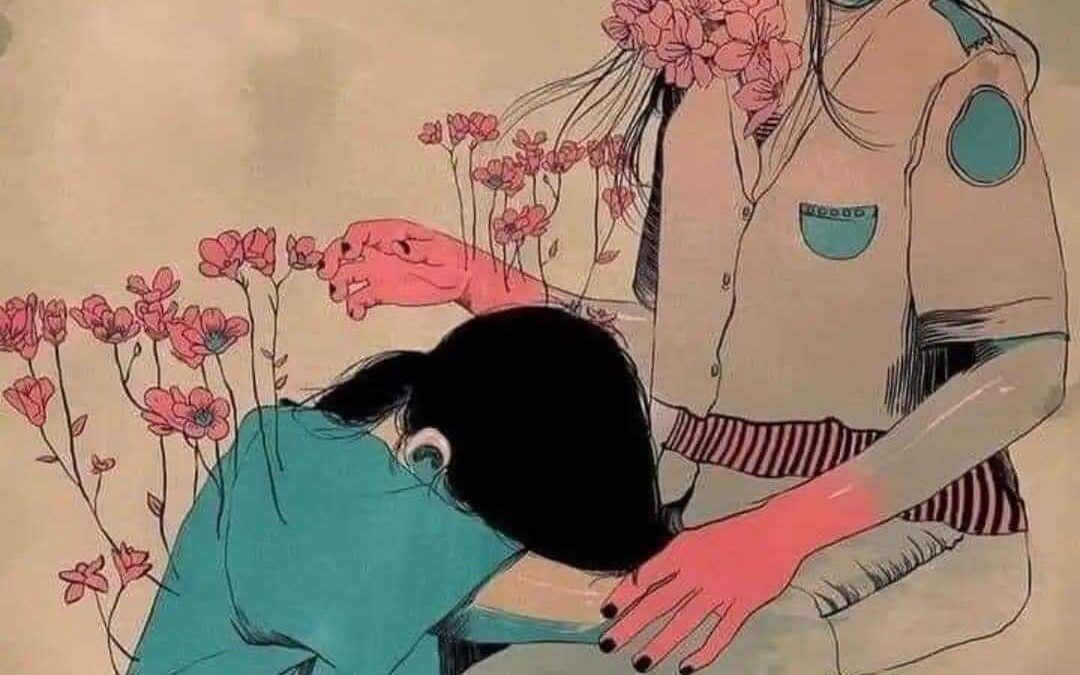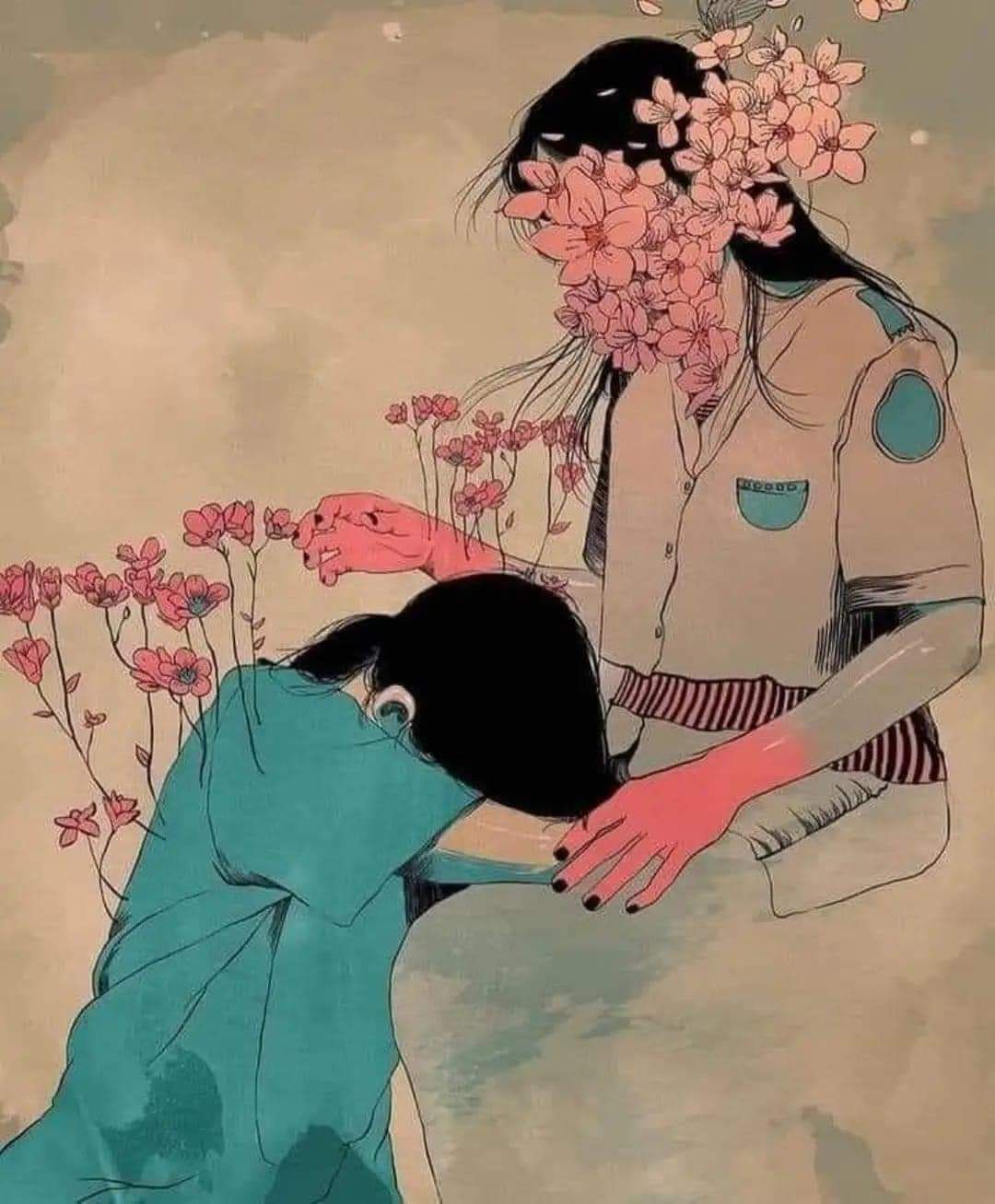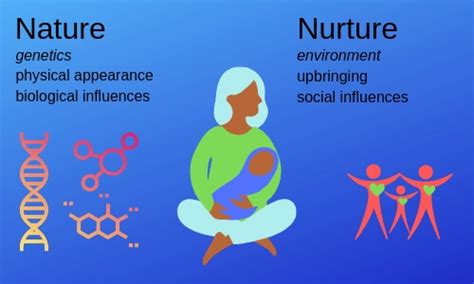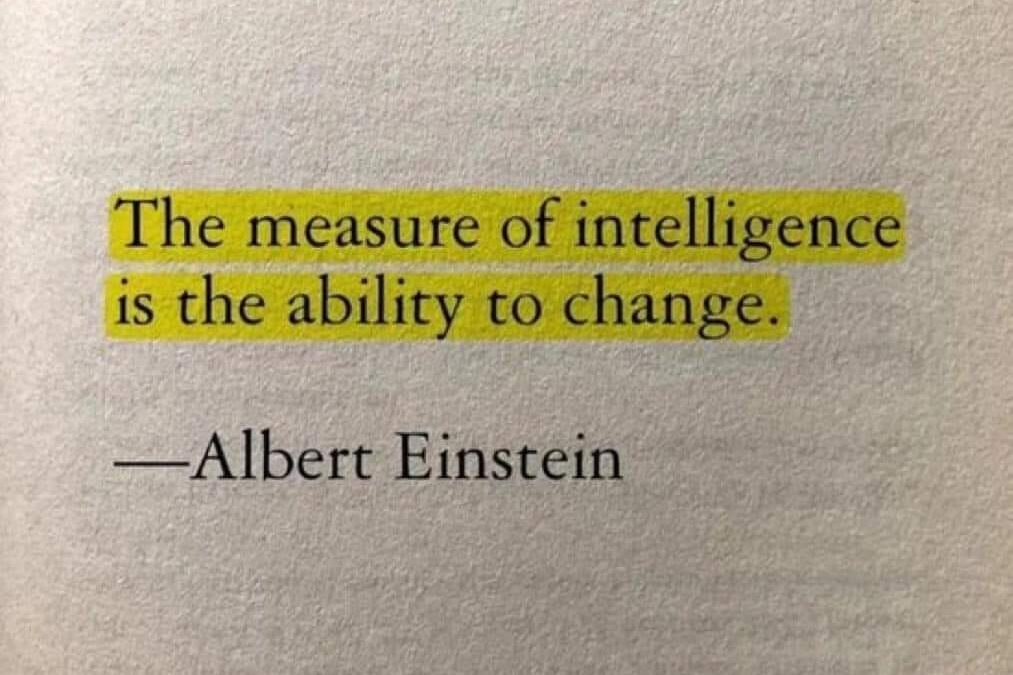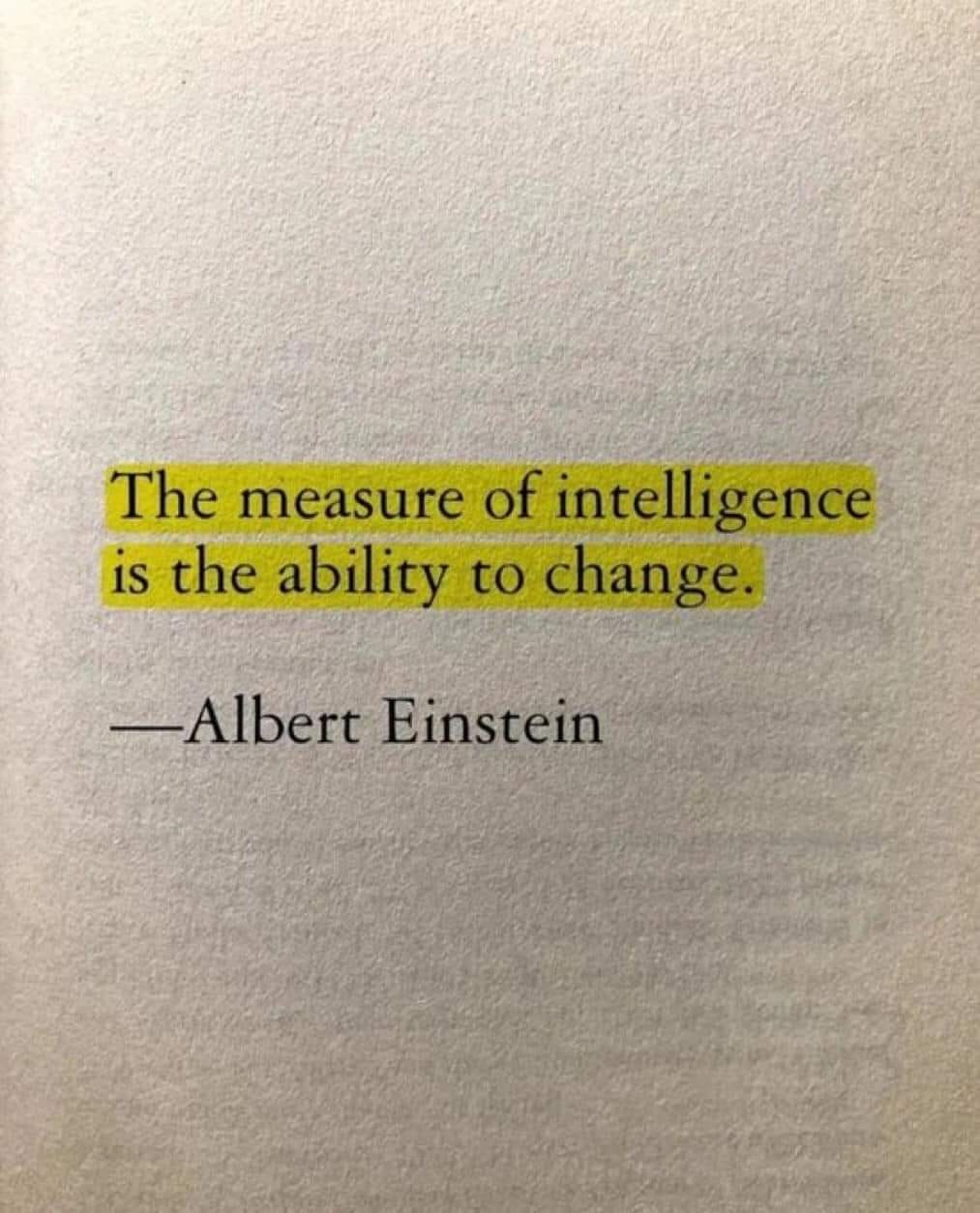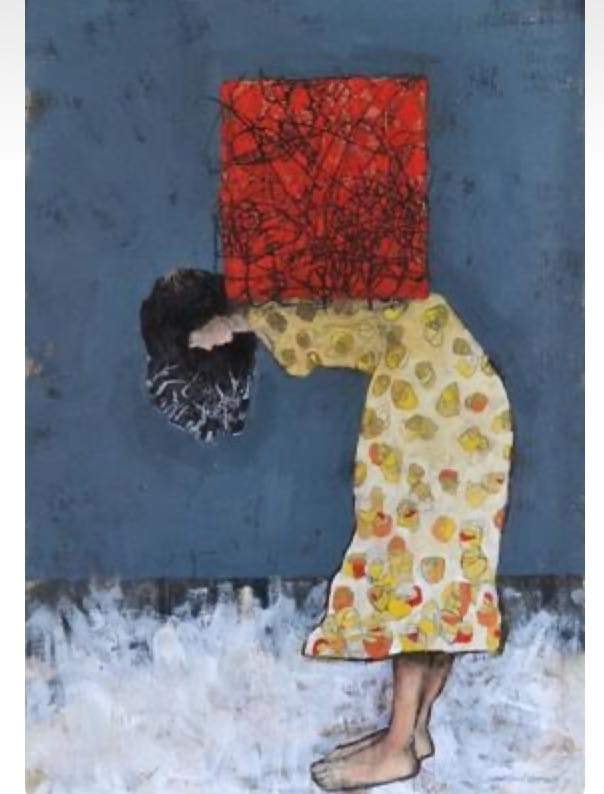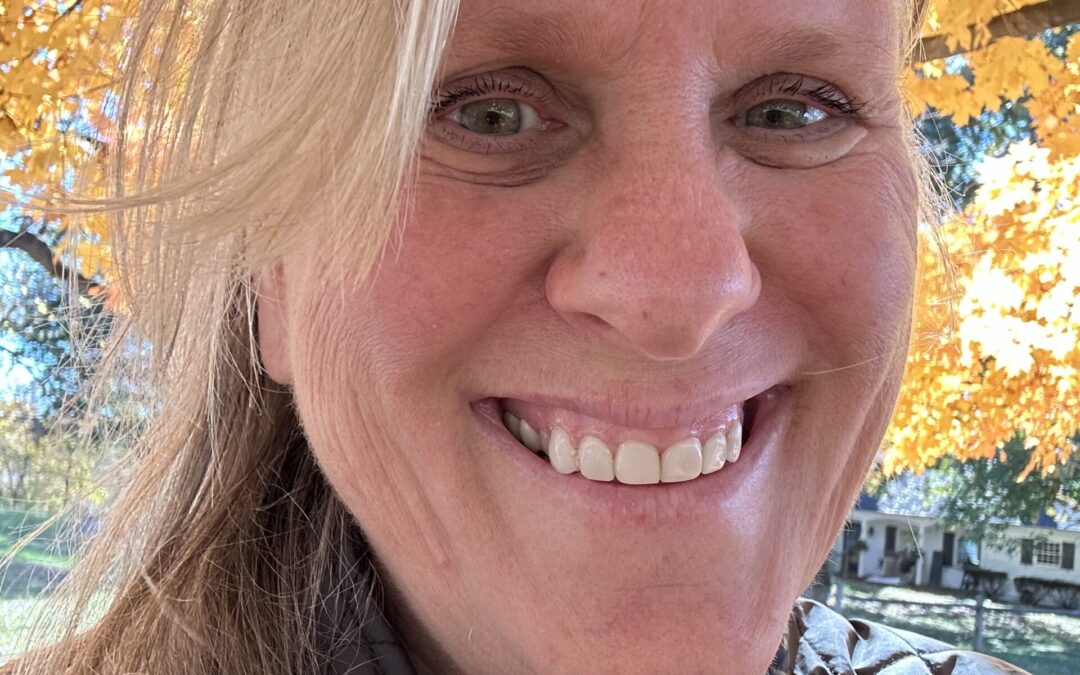
Feeling Comfortable through Listening: The Art of Connection
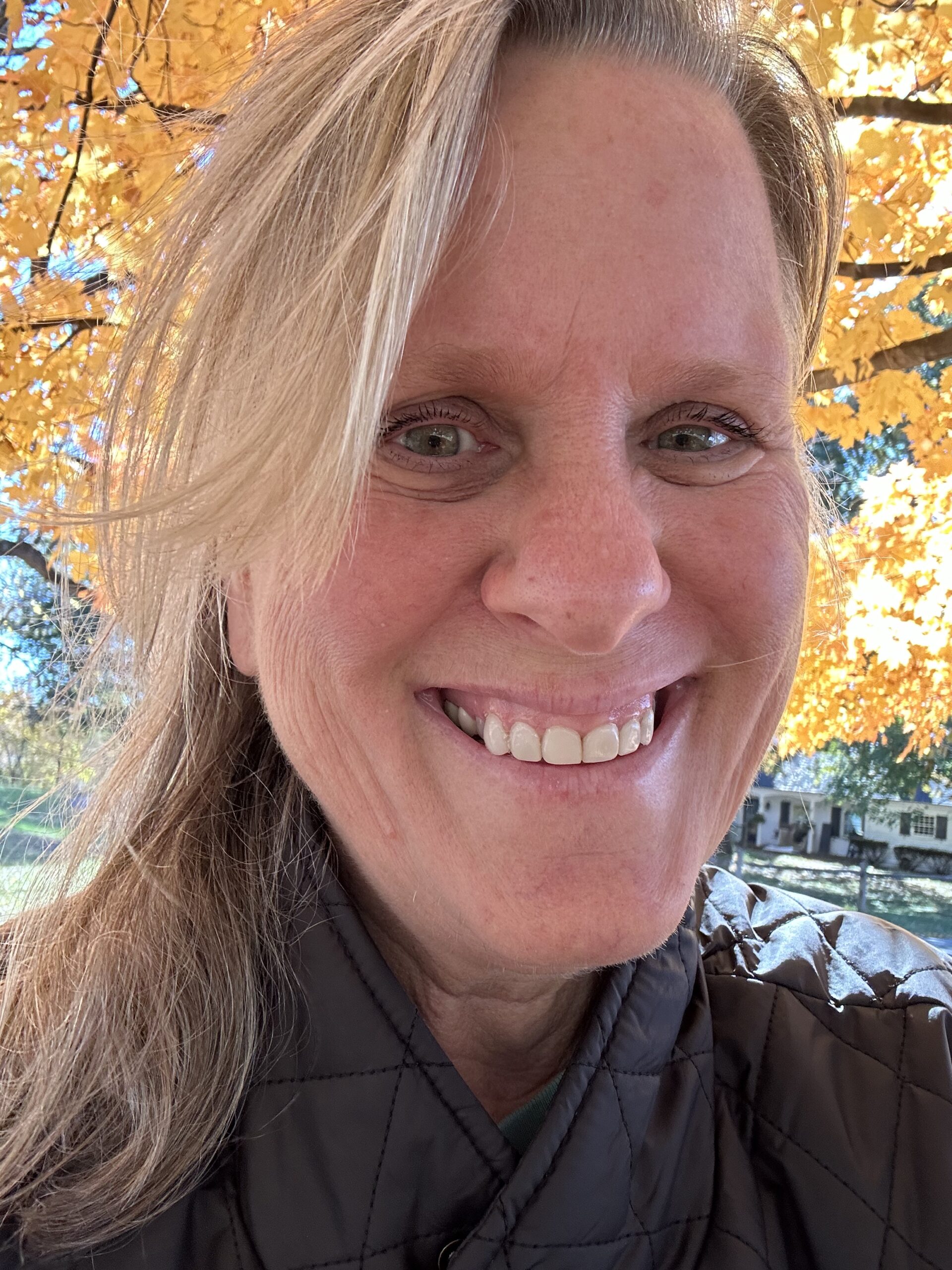
Feeling Comfortable is the Number One Priority
Being Comfortable is key for my clients. That’s why I do everything to create the most comfortable environment from the onset. For me this begins at the beginning of the first call. It’s important for me to listen quietly to the concerns from the point of view of the person on the other side of the phone. People deserve to be heard and understood when they are looking for help. Not to mention, this is also the key to supporting their own healing to unhold as we begin to work together.
Together we discuss different approaches to healing, using Craniosacral Therapy as the primary vechicle to healing and growth. In addition, I also offer support with Energy Healing (Barbara Brennan School), Visceral Manipulation, Hakomi Techniques, Trauma Support and more. Mostly though, I listen. Whether that is with my hands, my eyes, my ears or however information comes to me from your Deepest Inner Wisdom. It’s the combination of your words, and how your body speaks. Especially the unfolding of the most subtle of cues offer deeper ways for the body to self-correct. When this happens we develop a dynamic therapeutic relationship which supports wellness.
In any given session, comfort is enhanced when we are mindful, present, and there is good communication. That’s why Craniosacral Therapy is focused on staying neutral with the people who trust us in this therapeutic setting. What this means, is we hold a stance of non-judgment and checking in quite often. This doesn’t mean we don’t think or feel, but our awareness is centered on melding with our clients as we touch into the Craniosacral System. Nourishing the nervous system this way brings balance and peace. Also comments are specific to the process which originates from you. A skilled Craniosacral Therapist will want to meet and address your real needs.
Feeling comfortable is truly about feeling safe and deepening into trust. It allows people to go silently inward or on the opposite side to express what is going on for them. Often clients fall deep into silence or enter into a reflective mode. Craniosacral Therapy is a beautiful therapy which helps you to heal as your are ready.
If you want to find out more about Craniosacral Therapy, give me a ring. Aligning mind, body and spirit in the. Columbus, Ohio area.
Sharon Hartnett CST-D
614 653-8111
To find out more about Craniosacral Therapy, check out my main page.


